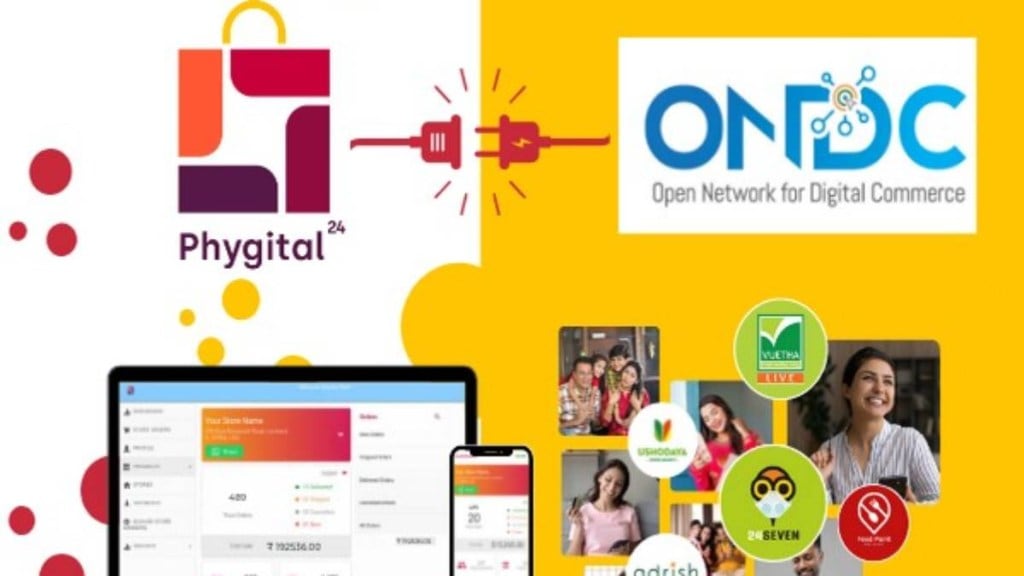Open Network for Digital Commerce (ONDC) is nearing the 6-lakh mark in terms of food and grocery orders this month with coverage in over 200 cities. The network, which currently has over 1 lakh restaurant partners, 12,000-plus kirana stores and 5,000 farmer producer organisations (FPO), is now witnessing more than two lakh transactions per day.
“With grocery and food put together, we were clocking a little over 3,000 orders in March last year. Whereas this month, the food category itself is nearing 6 lakh orders. This marks a 200-fold increase. In grocery, are have done over 2 lakh orders this month, which is a 100-fold increase since March last year,” Shireesh Joshi, chief business officer, ONDC, told FE.
Joshi attributed the strong growth over the course of the year as being a result of the “network effect” it has witnessed. His remarks comes on the back of major players such as Domino’s, Rebel Foods, McDonald’s, Burger King and Biryani by Kilo among others having onboarded on ONDC either directly or through buyer apps over the past few months.
“Food delivery ended up becoming a widely-promoted category across buyer applications due to the addition of the biggest pool of sellers,” Joshi added.
“The fundamental health of the network seems to be holding up well. There are many indicators of this. One is the inbound interest new entrants bring on existing capabilities. On food especially, we are seeing that inbound interest. For instance, Ola and Tata Neu wanted food as their first category on ONDC despite it not being their core businesses,” Joshi added.
However, Joshi conceded that scaling up the grocery vertical has been a more complicated task. “The challenge is that a kirana store’s assortment is much wider than a restaurant’s. A restaurant would have 20-30 dishes, whereas for a kirana, the item list would run into the thousands. Therefore, onboarding a kirana store is far more complicated. Also, ensuring that all items in an order gets fulfilled as a single delivery order is dependent on stores having a wider assortment range,” said Joshi.
“In terms of orders, we are nearly at half the number of food orders. Which is good,” he added.
“We have seen that quick commerce has caught on well as a big-city phenomenon. For the broader chunk of Tier-II and Tier-III+ cities across the country, we are expecting the local kirana to become the quick commerce,” said Joshi.
“In terms of quickness we are targeting to do same-day delivery in most cases. We are also encouraging partners to self-fulfil deliveries in their near vicinity. We are working with third-party logistics players to create affordable and quick delivery systems,” Joshi added.
“The yardstick to which people are getting used to, at least in the top cities, is quickness of delivery. However, in the lower-tier cities, that is not yet the ask. Instead, the challenge is still to convert a person walking into a kirana store to placing the order online,” Joshi added.
Other categories including fashion, electronics, health and wellness products, home and kitchen products have also seen strong growth, Joshi claimed. “As these do not require hyperlocal deliveries, we have been able to broaden our coverage in these categories to over 800 cities,” he added.
Responding to a query on addition of new categories in the new fiscal year, Joshi said, “We are also on the cusp of introducing financial services. So we expect to see the broadening of products and services in new and existing categories and also see expansion of geographies.”

